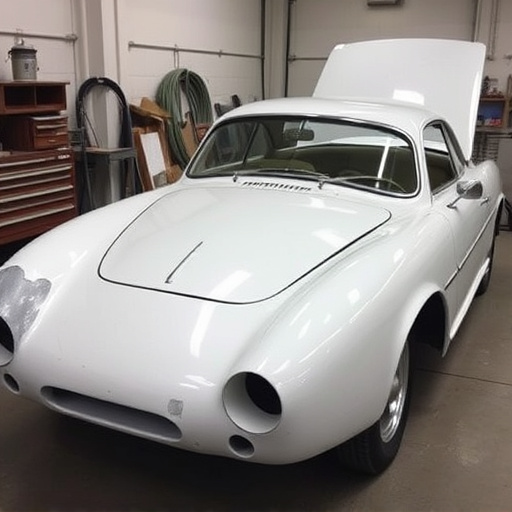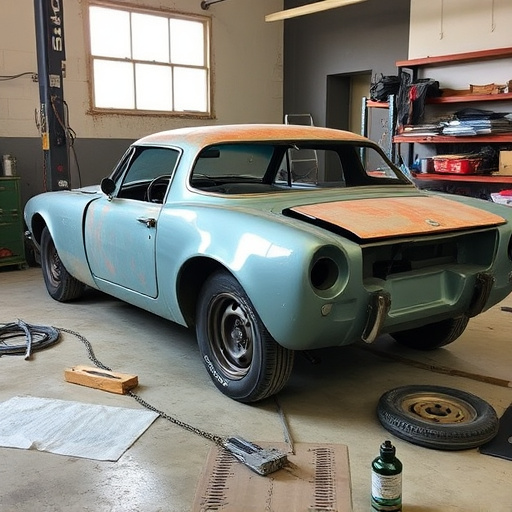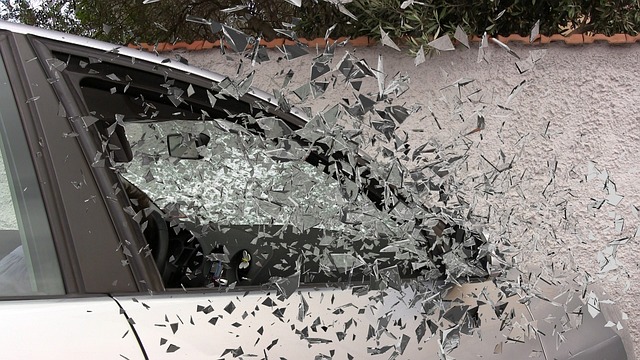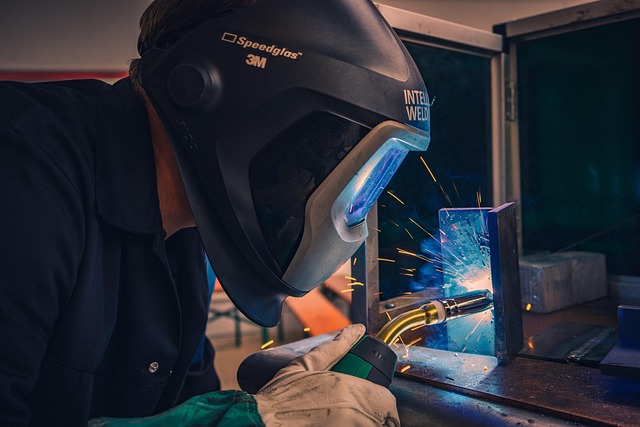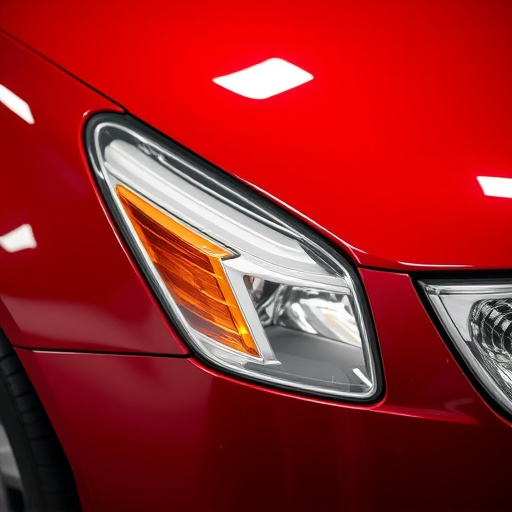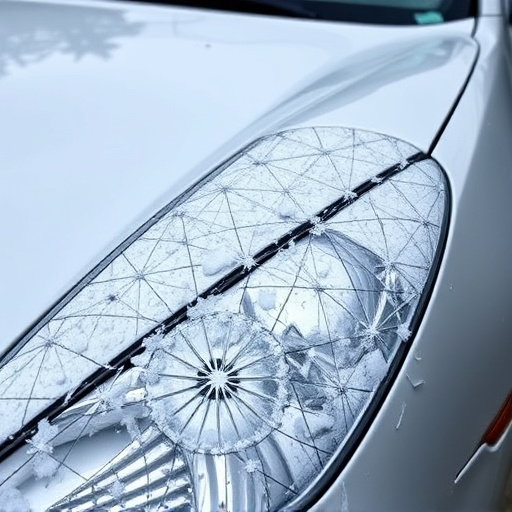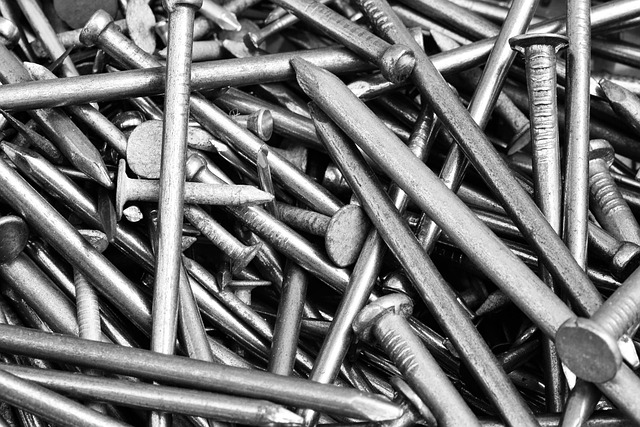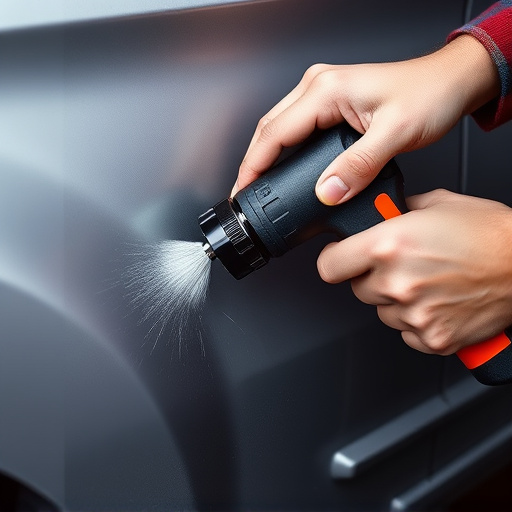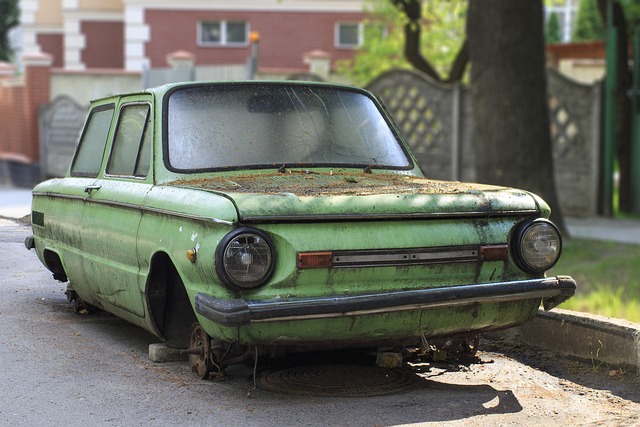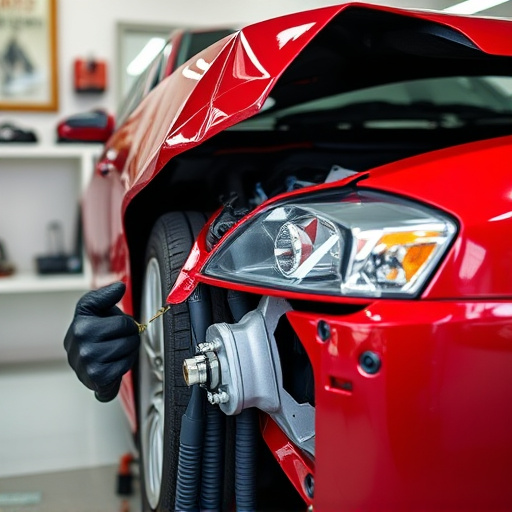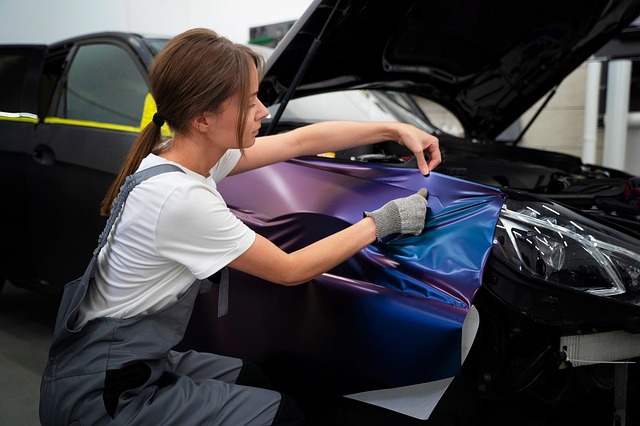The evolution of welding has dramatically transformed auto body repair, starting from ancient forge and hammering methods to sophisticated 21st-century techniques like laser, robotic, and TIG welding. These advanced processes address the industry's need for precision, structural integrity, and high-quality finishes, especially in complex repairs. The shift towards lightweight materials and intricate designs in modern vehicles further accelerated the adoption of these advanced welding techniques, ensuring stronger, more durable, and aesthetically pleasing repairs.
Advanced welding techniques have revolutionized the repair industry, transforming traditional methods with unprecedented precision and efficiency. This evolution, driven by technological advancements, offers numerous benefits, from improved structural integrity to reduced costs and enhanced safety. The historical perspective reveals a progression from rudimentary methods to modern, sophisticated techniques that cater to diverse industries, including aerospace, automotive, and manufacturing. As the sector continues to innovate, automation, robotics, and eco-friendly practices are paving the way for future trends in welding, marking a new era of repair and fabrication.
- The Evolution of Welding Techniques: A Historical Perspective
- – Brief overview of traditional welding methods and their limitations
- – Emergence of advanced welding techniques: when and why they developed
The Evolution of Welding Techniques: A Historical Perspective
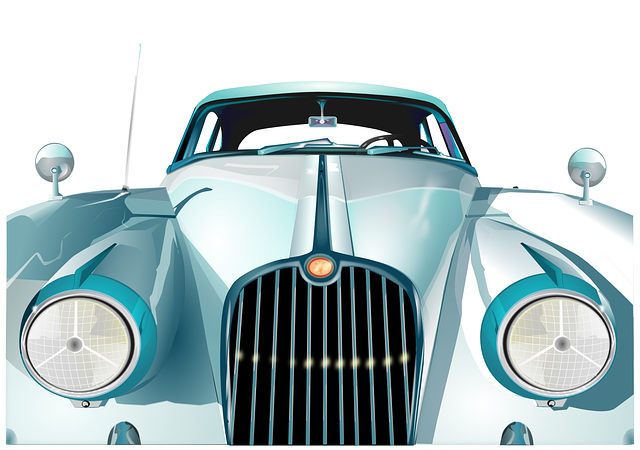
The evolution of welding techniques is a fascinating journey that has profoundly impacted the repair industry. Historically, simple welding methods like forge and hammering were used for centuries to join metal parts. However, the real game-changer arrived with the introduction of electric arc welding in the late 19th century. This advanced welding technique revolutionized auto body work and vehicle bodywork, enabling faster, more precise, and stronger bonds compared to traditional methods.
Over time, the quest for improved precision, efficiency, and strength led to the development of sophisticated welding processes such as gas metal arc welding (GMAW), flux-cored arc welding (FCAW), and laser welding. These advanced welding techniques not only facilitated intricate bumper repair but also opened up new possibilities in complex auto body work and vehicle bodywork applications. Today, these innovations continue to shape the industry, ensuring higher quality repairs and longer-lasting vehicle components.
– Brief overview of traditional welding methods and their limitations
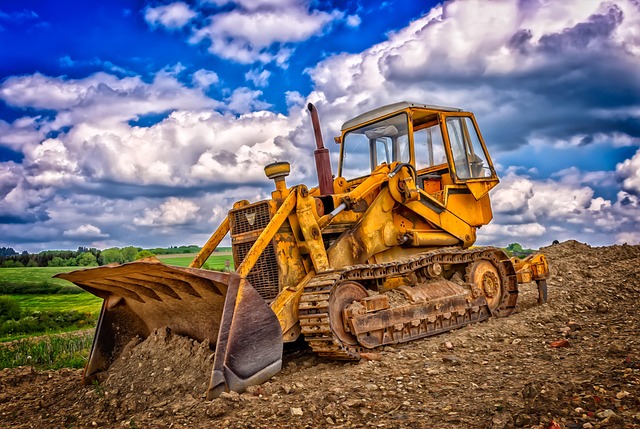
In the past, welding was primarily accomplished through conventional methods that often came with significant limitations. These traditional techniques involved basic welding processes such as stick welding and flux-core welding, which were reliable but lacked precision and finesse. This often resulted in visible weld marks and unsightly finishes, especially on intricate or delicate surfaces like car bodies. The limitations of these methods hindered the potential for complex repairs, particularly when it came to restoring vehicles with detailed aesthetics, such as paintless dent repair.
The need for more advanced welding techniques arose from the desire to enhance the quality of auto body services and vehicle dent repair. With advancements in technology, new processes like laser welding and robotic welding have emerged, offering greater control, accuracy, and precision. These modern methods not only improve the structural integrity of repairs but also ensure a seamless blend with the surrounding panel, preserving the original factory finish. As a result, advanced welding techniques have revolutionized auto body repair, allowing for more intricate work and better overall results, catering to the high standards expected in modern vehicle care.
– Emergence of advanced welding techniques: when and why they developed

In recent decades, the landscape of automotive repairs has undergone a significant transformation, largely driven by the emergence and refinement of advanced welding techniques. This evolution started as industries sought more efficient, precise, and durable methods for joining metal components, both in manufacturing and subsequent vehicle restoration efforts. The need for improved strength, resistance to corrosion, and reduced weight in vehicles accelerated research into these techniques, which in turn revolutionized auto repair services.
One of the primary catalysts was the automotive industry’s push towards lighter materials and more complex designs. Traditional welding methods struggled with these innovations, prompting engineers and technicians to develop advanced techniques such as laser welding, robot-assisted arc welding, and TIG (Titanium Gas) welding. These modern approaches not only enhance the quality and longevity of auto glass repair and vehicle restoration but also enable the creation of intricate, precise structures that were previously unattainable, further solidifying their place in the advanced welding techniques arsenal.
Advanced welding techniques have undeniably revolutionized the repair industry, overcoming historical limitations of traditional methods. These innovative approaches, driven by technological advancements, offer enhanced precision, efficiency, and durability in repairs. As these techniques continue to evolve, they promise even greater transformative potential across various sectors, solidifying their place as a game-changer in modern manufacturing and maintenance practices.
